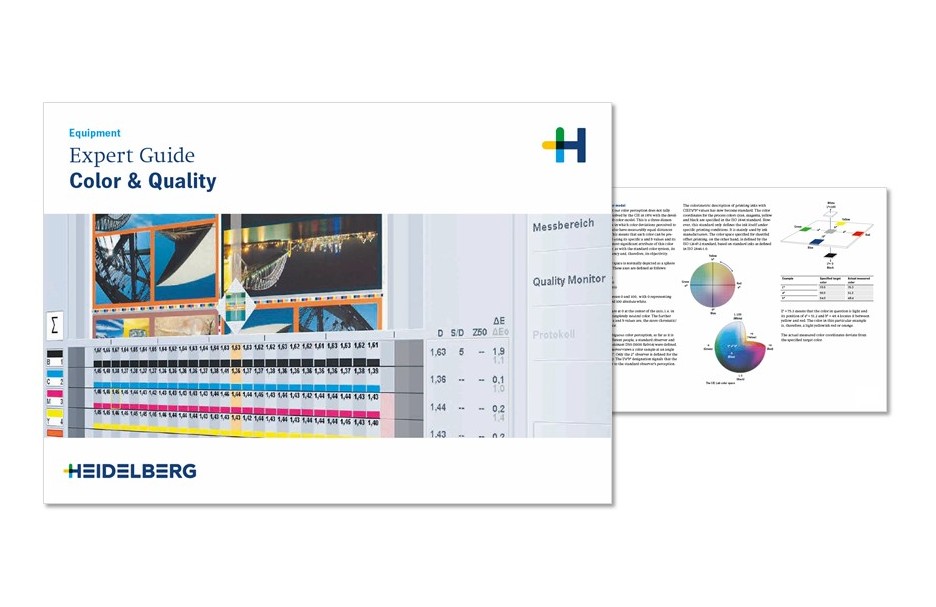might be on this site, you will find any more helpful downloads or just informations:

www.pdfx-ready.ch
As said already before this is to all the brilliant folks here on this planet, they are always ranting against all the different standard organizations in our business´s world, because these organizations are sending and not paying bills, too ;-):
You need ideally vendors they are able to serve the
neccessary standards (or minimum to understand what is claimed by them...), they are empirically and sience based examinated (and claimed) by that organizations!
That standards are a great help, but not a guarantee in every case (there are regulated tolerances in there...)
By problems with color the minimum basics you (or your clients making the files) should know/must study are:
different
gamuts in different and in the same color
modes
(see also:
Rendering
Intents...
...and just one more example: what could a different mode -
subtractive or
additive - mean for the same
transparency effects either in rgb or cmyk...)
Output
Intents (which
icc profile is for which intent/special technic and special
substrates)
what happens normally to a primary and secondary color separation by converting in the same mode from CMYK
coated to
uncoated)
"
overprint" and "
knockout" in a separation
TAC (
Total
Area
Coverage) and how to change it ...
which
SpotColor is out of CMYk-Gamut...
not wrong for understanding Offset is to know a bit of TVI (
Tone
Value
Increase), too
But first of all you should perform a for both sides helpfull communication-culture with your customers to see how expactations would match or fail the technically chances...












